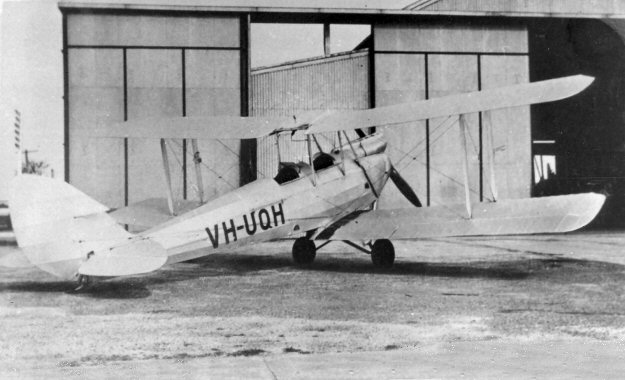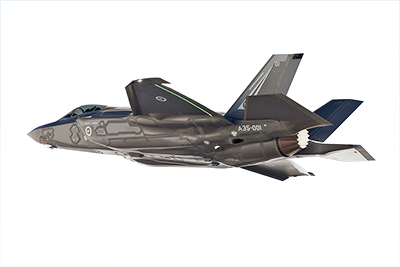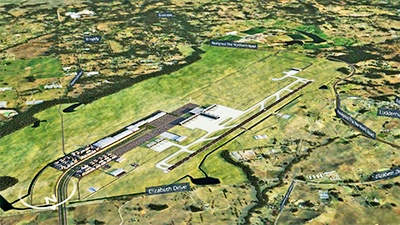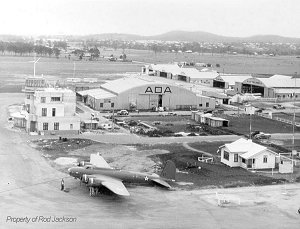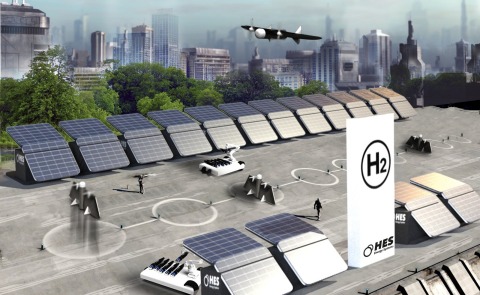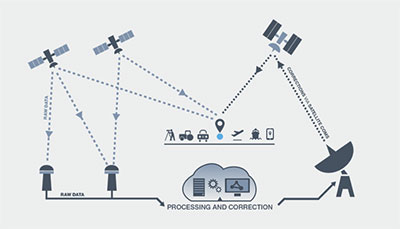Scoot lifts customer experiences with Dell Boomi-fuelled data analytics
INTERNATIONAL budget airline Scoot has implemented cloud-based integration from Dell Boomi to aggregate data from customers and internal applications, a move other budget carriers are sure to look closely at.
Dell’s independent cloud business unit Boomi said Scoot was using the Boomi integration platform for uninterrupted data sharing across the expanding organisation. This allows Scoot to adapt more quickly to changing market conditions “and therefore improve passenger experiences”.
“Boomi gives us a dedicated, cloud-based integration tool that aligns to our all-cloud strategy, and is therefore able to handle the high volumes of system-to-system data transfer that our business model requires,” Scoot vice president of information technology, Jason Chin said.
Scoot, the low-cost arm of Singapore Airlines, operates a global network of 66 cities across 18 countries and territories across Asia-Pacific, Europe and the US, offering customers a cheaper alternative for travel. To provide these affordable services, Scoot relies on extensive data generated from its customers’ bookings and various internal systems. 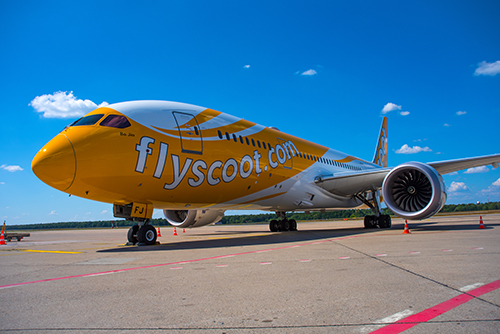
“With the various features the platform provides, we will be able to connect our entire organisation to create a single source for our data, with the knowledge that this information is up to date and accurate,” Mr Chin said. “We will then be able to better understand our business and customers, and deliver the products and services that passengers want – before, during and after their flights.”
Scoot implemented the low-code Boomi integration platform to replace a series of outdated connectors which did not provide the level of automated data management the organisation required. Its former integrations limited communication between Scoot’s systems and restricted access to data, inhibiting the potential of its sharing capabilities. These bespoke integrations were also code-heavy, consequently demanding substantial maintenance.
Mr Chin said this had been particularly beneficial amid Scoot’s expansion – the airline has grown from 20-plus to 60 routes following the consolidation of TigerAir into the Scoot brand – accelerating the organisation’s time to market despite the significant increase in customers and employees.
Scoot has also been able to achieve this while maintaining its IT resources – as Boomi does not require the consistent upkeep of traditional integration technologies, it allows Scoot to achieve more with less.
“The airline industry contains among the most diverse sets of customers, and with that comes the ongoing challenge of adapting to the demands of passengers,” Dell Boomi managing director for Asia William Fu said.
“By creating a centralised data repository using the Boomi integration platform, Scoot is able to establish a greater level of insight into its business, and in turn make business decisions nimbly as the market changes to bolster its competitiveness.”
ends

 How to resolve AdBlock issue?
How to resolve AdBlock issue? 
